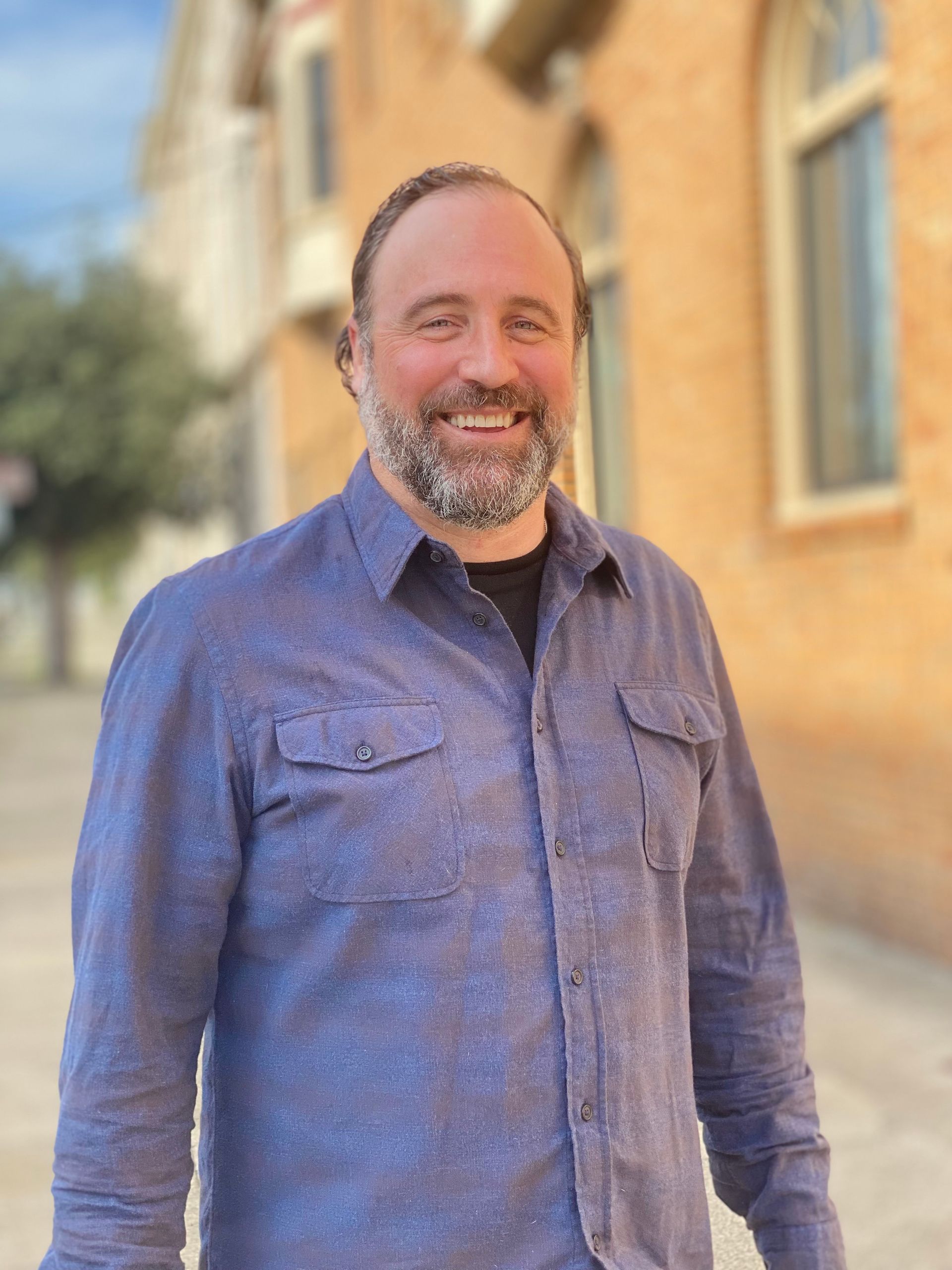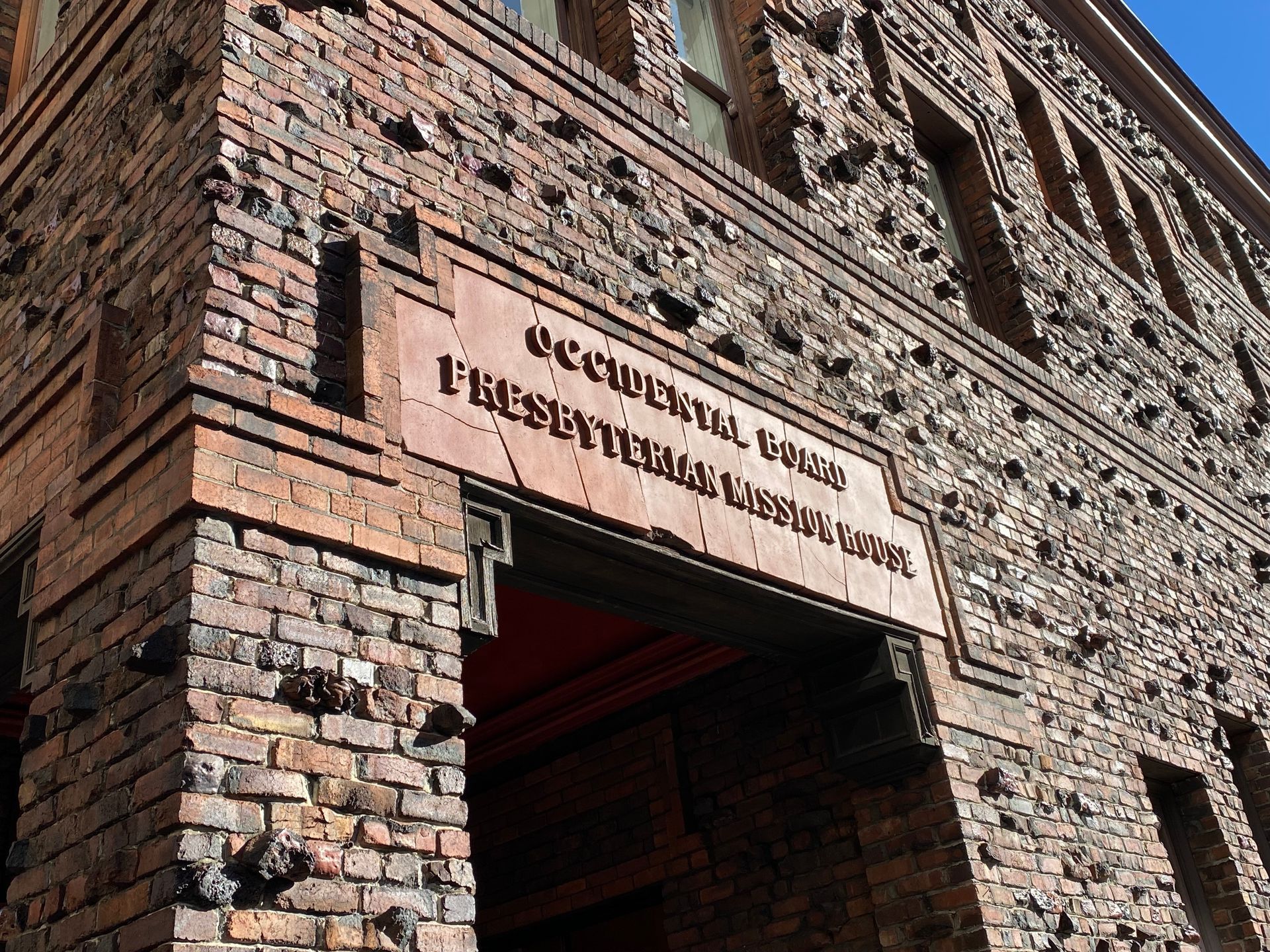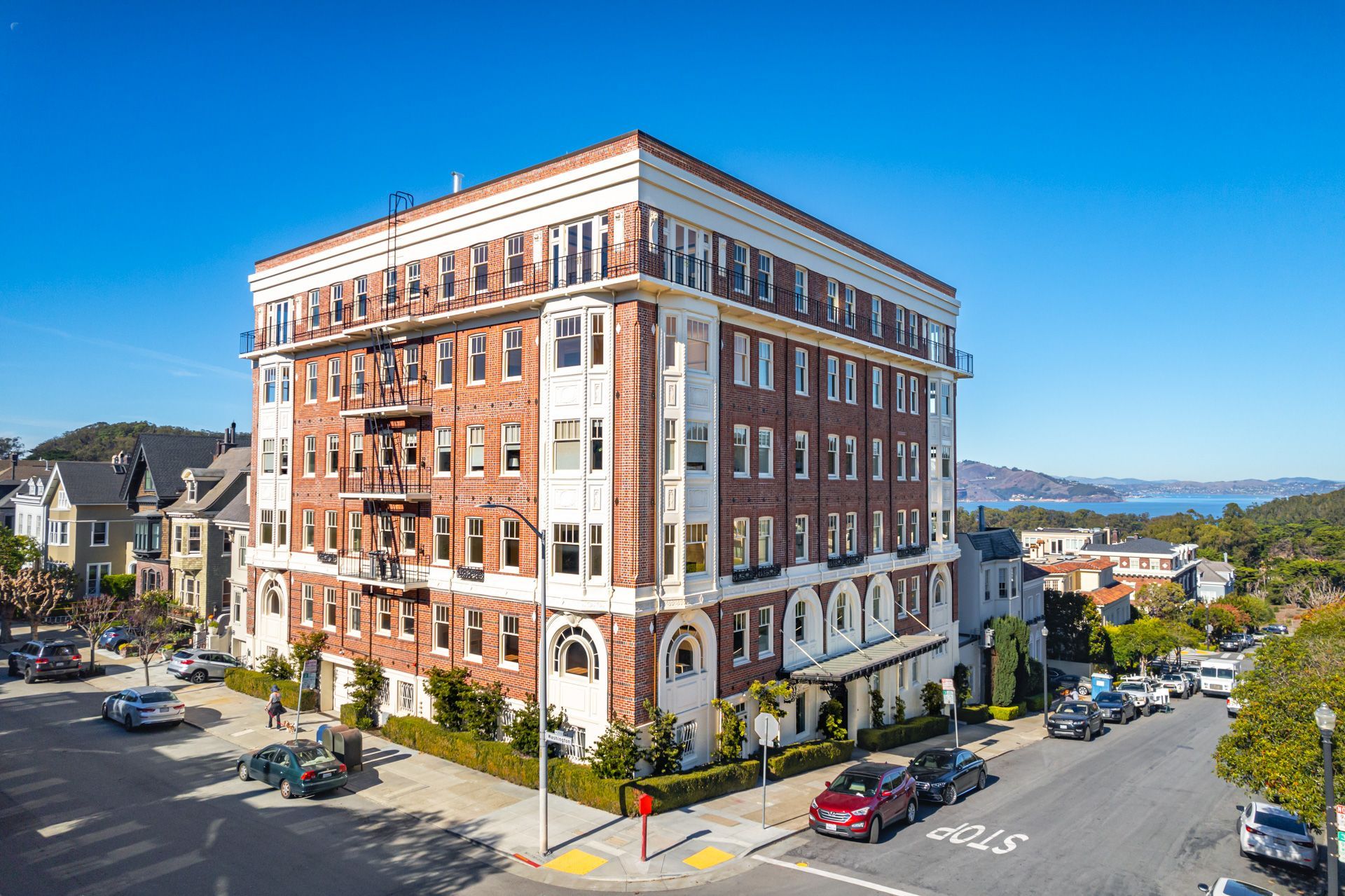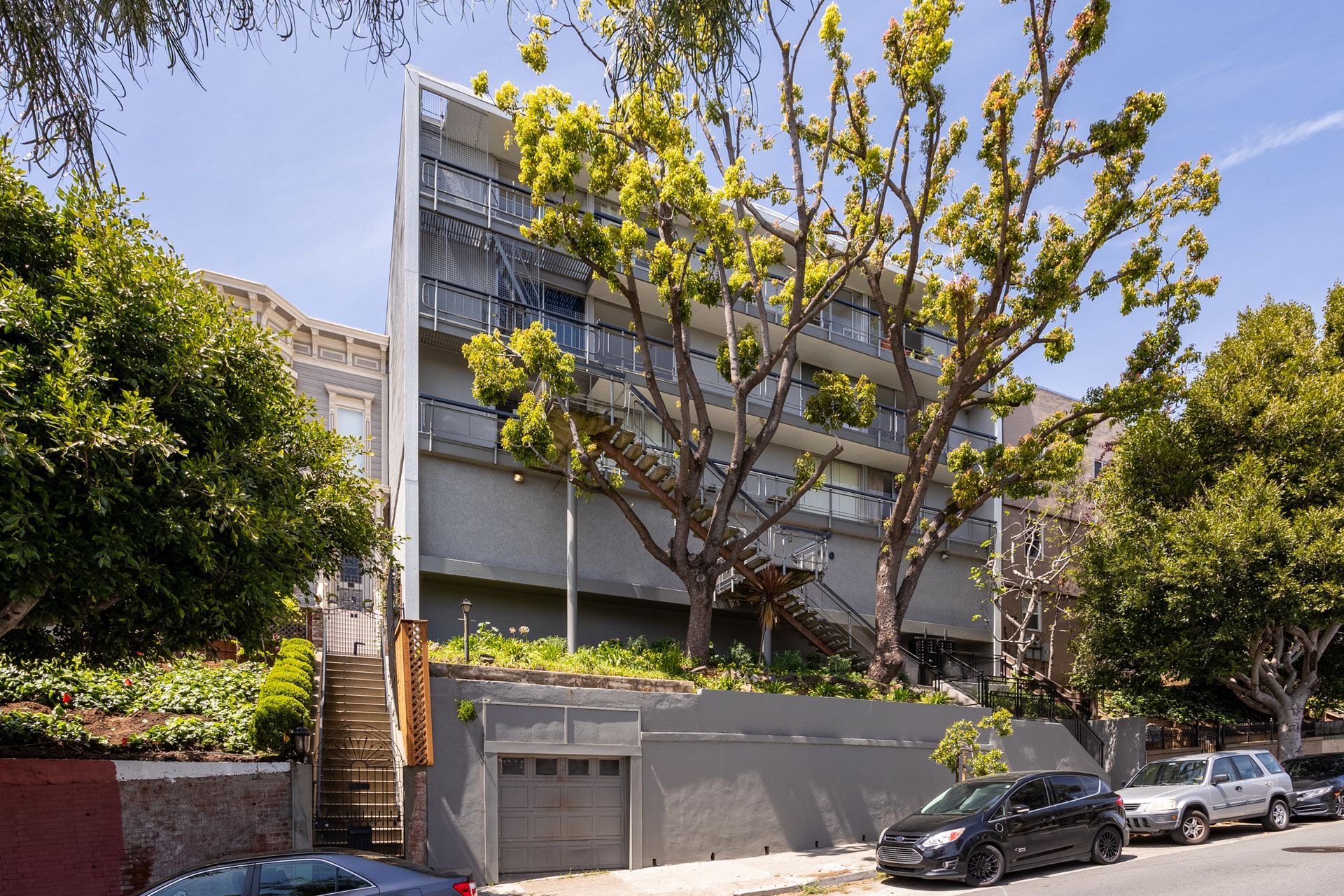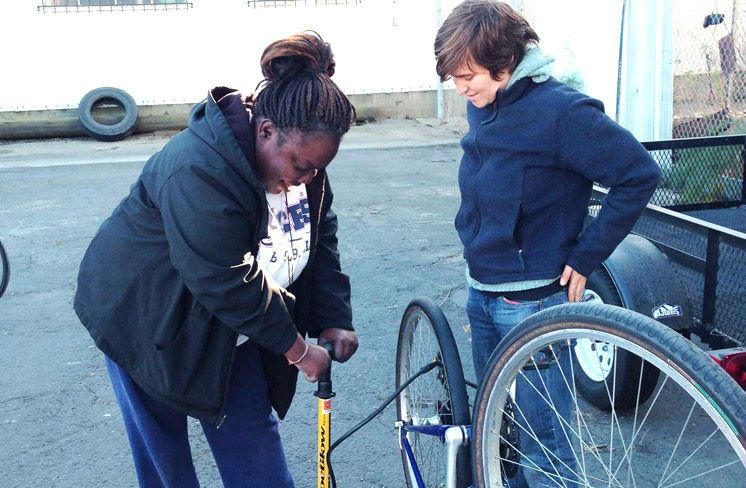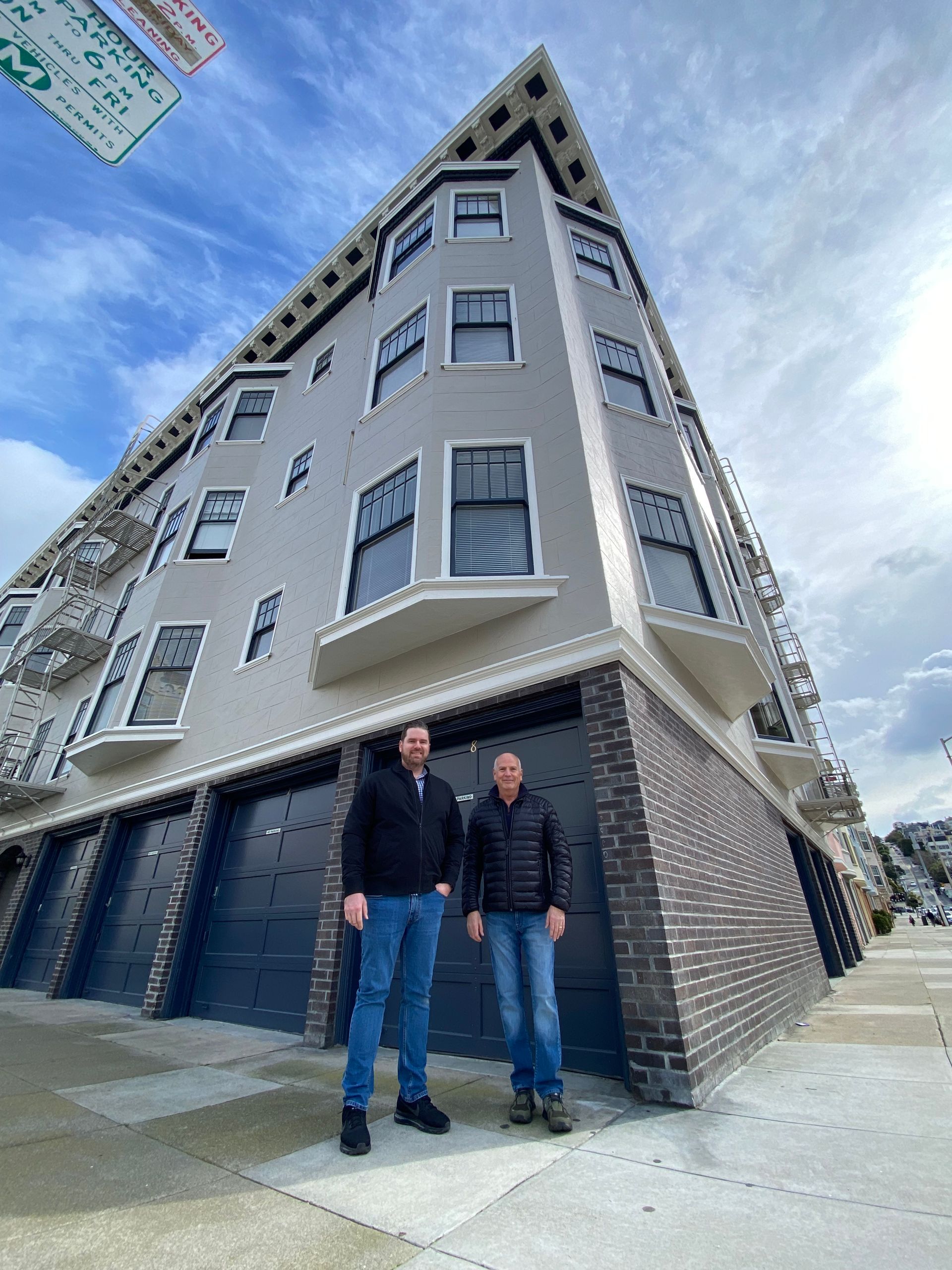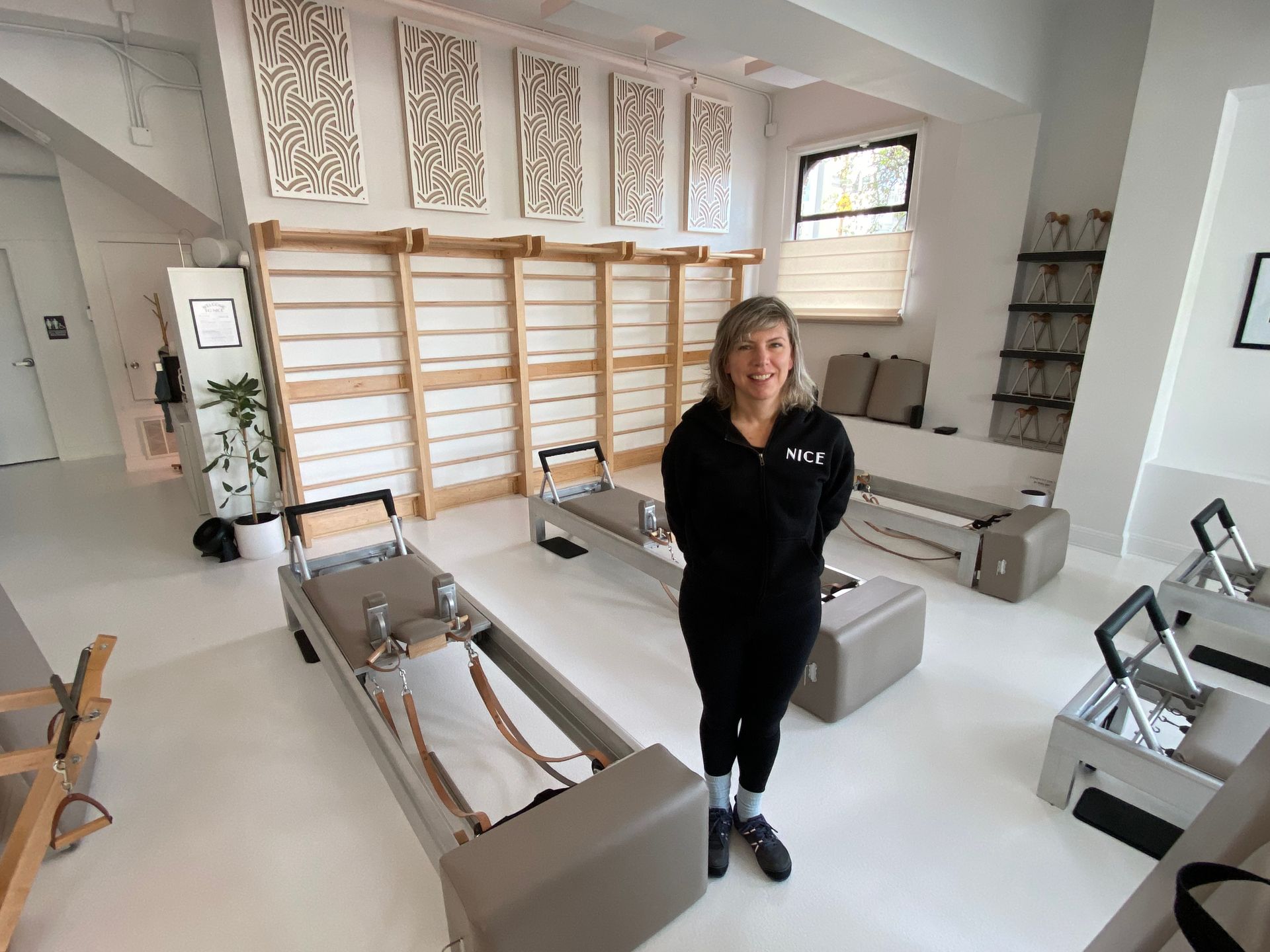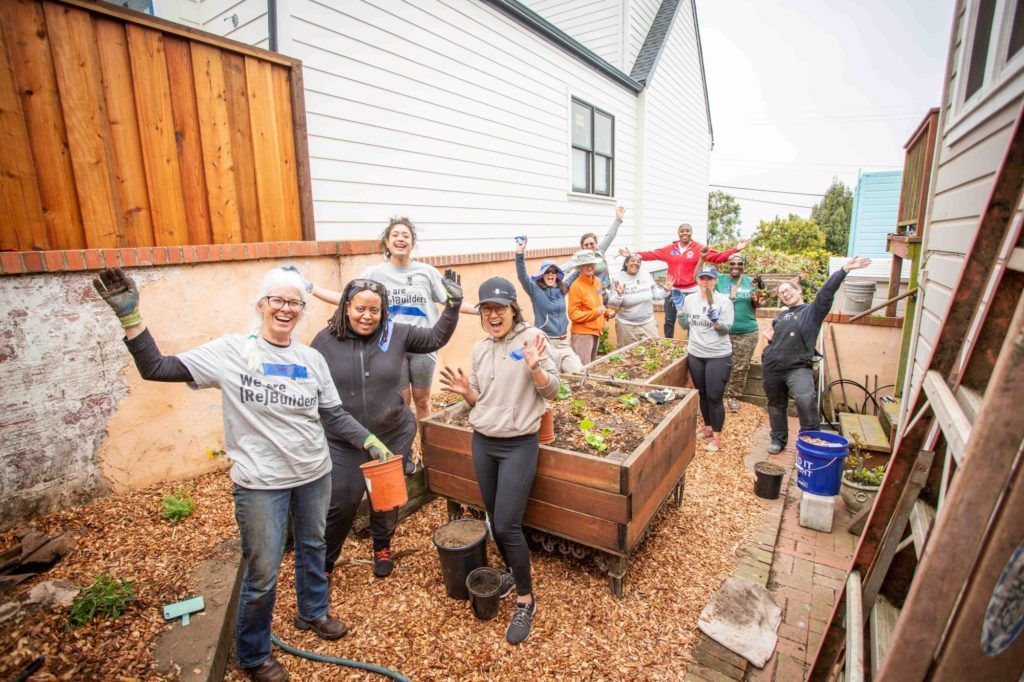Fort Mason Residences: Living History
Of all the wonderful properties Gaetani manages, one stands out for its unique combination of scenic beauty, interesting architecture, and historical significance – the Fort Mason Residences, which the firm has managed for the last decade.
The Fort Mason Residences of today exude a quiet charm, set on the leeward side of the bluff known as Black Point to provide some protection against the cold winds coming off San Francisco Bay. Although best known as a military community, and indeed established by President Millard Fillmore as such in 1850, there was no actual military presence in the early years, so civilians used that absence of authority to essentially squat on the property, and were the first to build homes on the site, many of which remain today. After a development of five large and well-appointed houses was built by the abolitionist "Free Soiler," Leonidas Haskell, the area quickly became an enclave for a burgeoning anti-slavery upper middle class in San Francisco.
It wasn't until the outbreak of the Civil War that soldier's barracks and fortifications became part of the Fort Mason landscape – which you can see today by walking behind the Hosteling International building, where restored brick battery walls and a massive cannon still stand guard over the Golden Gate. By the time World War I came around, the military had taken over most of the civilian structures on the site, and by World War II it was a bustling hub of activity focused on supplying U.S. operations in the Pacific.
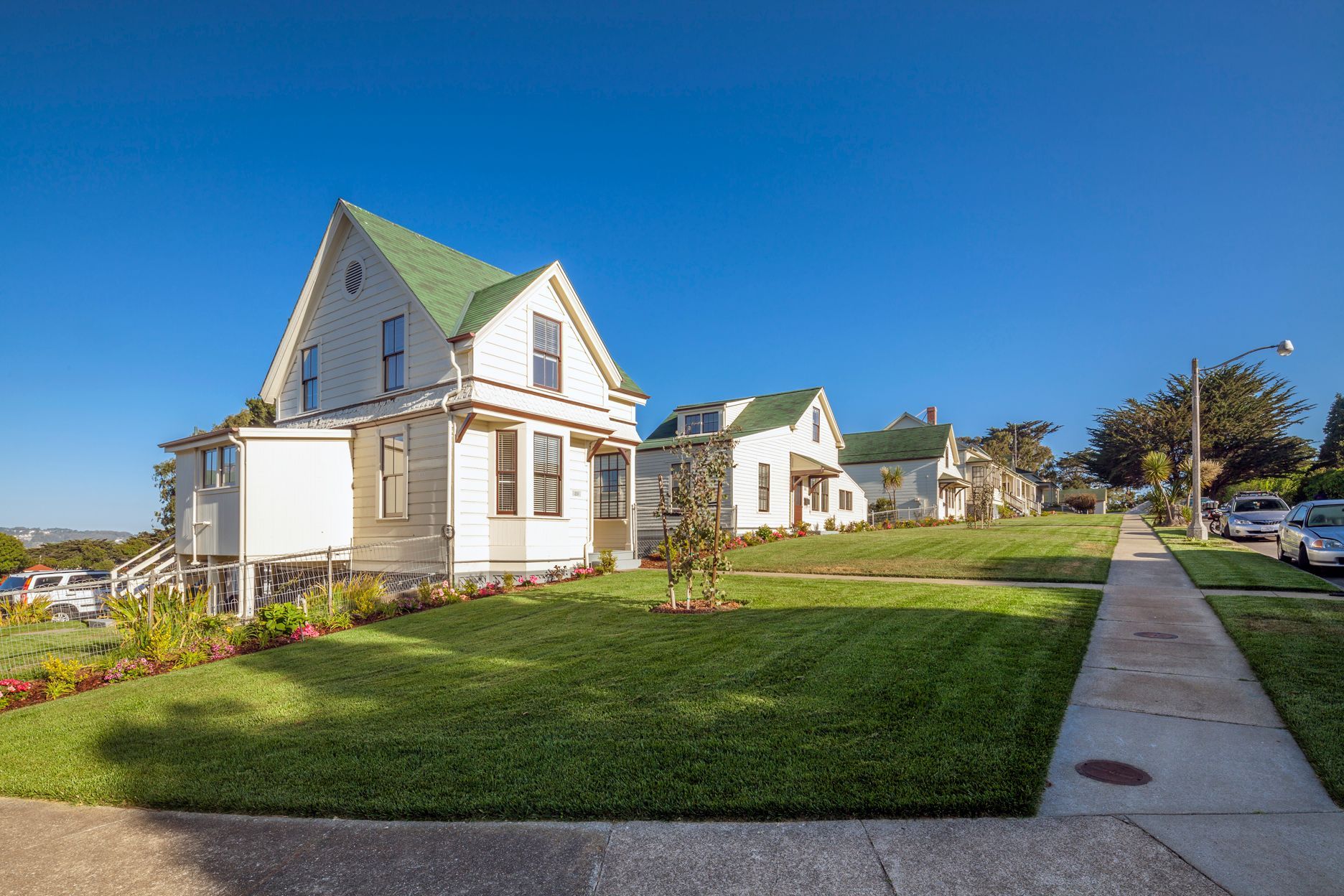
Gaetani has managed the Residences for the National Parks Service (NPS) since 2013, and they continue to be highly desirable units because of their proximity to the Bay, Chrissy Field, Aquatic Park, Fisherman's Wharf, Fort Point, and the Presidio – not to mention the nearby Safeway and the shopping and entertainment districts on Chestnut and Union Streets.
The property comes with a unique set of challenges: unlike a regular apartment building, all maintenance and repairs have to made in accordance with historical preservation standards. This means that everything you see has to appear just as it did when the fort was decommissioned by the military and handed over to NPS in the 1970s, when San Francisco's Congressmen Phillip Burton and William S. Mailliard helped establish the Golden Gate National Recreation Area (GGNRA), which covers a huge swath of land, over 82,000 acres, stretching from Marin County all the way down to San Mateo County.
Gaetani's plumbing contractor, Joe Tinsley of Fast Response Plumbing, has even had to have fixtures custom-machined to replace broken parts in the kitchens and bathrooms of the Fort Mason Residences. Luckily, he notes, things you can't see, such as water heaters and pipes, have been brought up to modern standards of safety and efficiency. No need to heat your own bathwater on a coal-fired stove, thankfully!
So, Fort Mason is a special place for many people and many reasons, and we at Gaetani also have a fondness for the place because our founder, Tony Gaetani, Sr., was stationed there during World War II, shipping out with the U.S. Navy to serve in the Pacific Theater.
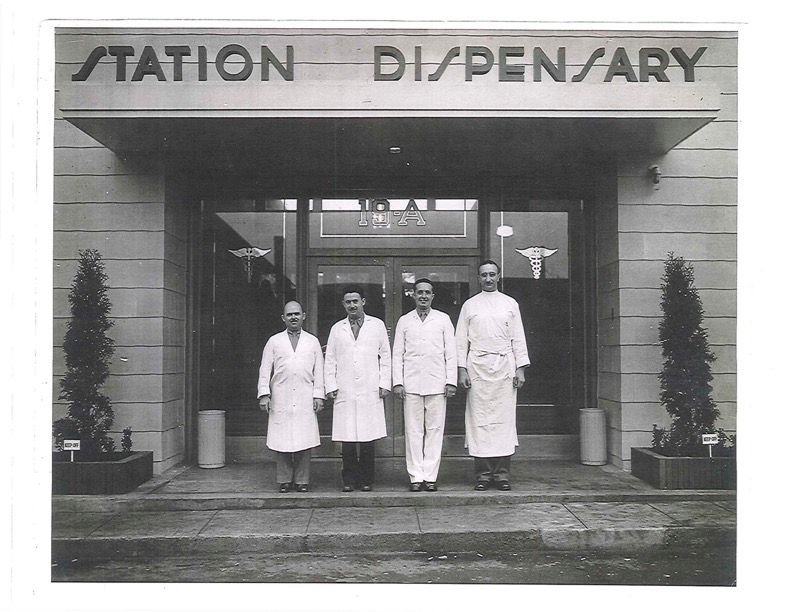
Tony Gaetani, Sr. (standing far right) at Fort Mason after returning from the Battle of the Bismarck Sea
As this is being published during Black History Month, it's important to highlight California's place in the anti-slavery movement. As it is today, San Francisco in the late 1800s was a breeding ground of progressive ideas – and one of them was that all people had equal rights, whatever their race or creed. Not all Californians shared that ideal, including one David S. Terry, a Chief Justice of the California Supreme Court, an aggressive and violent advocate of extending slavery into California. He was therefore a political enemy of the aforementioned Leonidas Haskell. Haskell and his friend, Senator David C. Broderick campaigned against Terry in his unsuccessful attempt to gain a seat in the U.S. House of Representatives. Terry blamed Broderick for the loss, and challenged him to a duel just across the San Francisco County line at Lake Merced – as duels were against the law in San Francisco.
The duel took place on September 13th, 1859. However, Broderick's pistol misfired, so Terry took his shot, gravely wounding Broderick. Haskell brought the stricken Broderick back to his house at Black Point for treatment, but the injuries were too great and he succumbed three days later.
“They killed me because I am opposed to the extension of slavery and a corrupt administration." These were the last words of Senator Broderick, but hardly the last words in California's fight against slavery, as its citizens voted to join the Union against the states of the Confederate South.
Today, that house is known as "Quarters 3," and is a private residence managed by Gaetani. We are proud to have a hand in maintaining this important historical site.
Interested in living in historical Fort Mason? We treat them as regular listings, so check our openings regularly and if one does become available (which doesn't happen very often!), it could be your next home!
